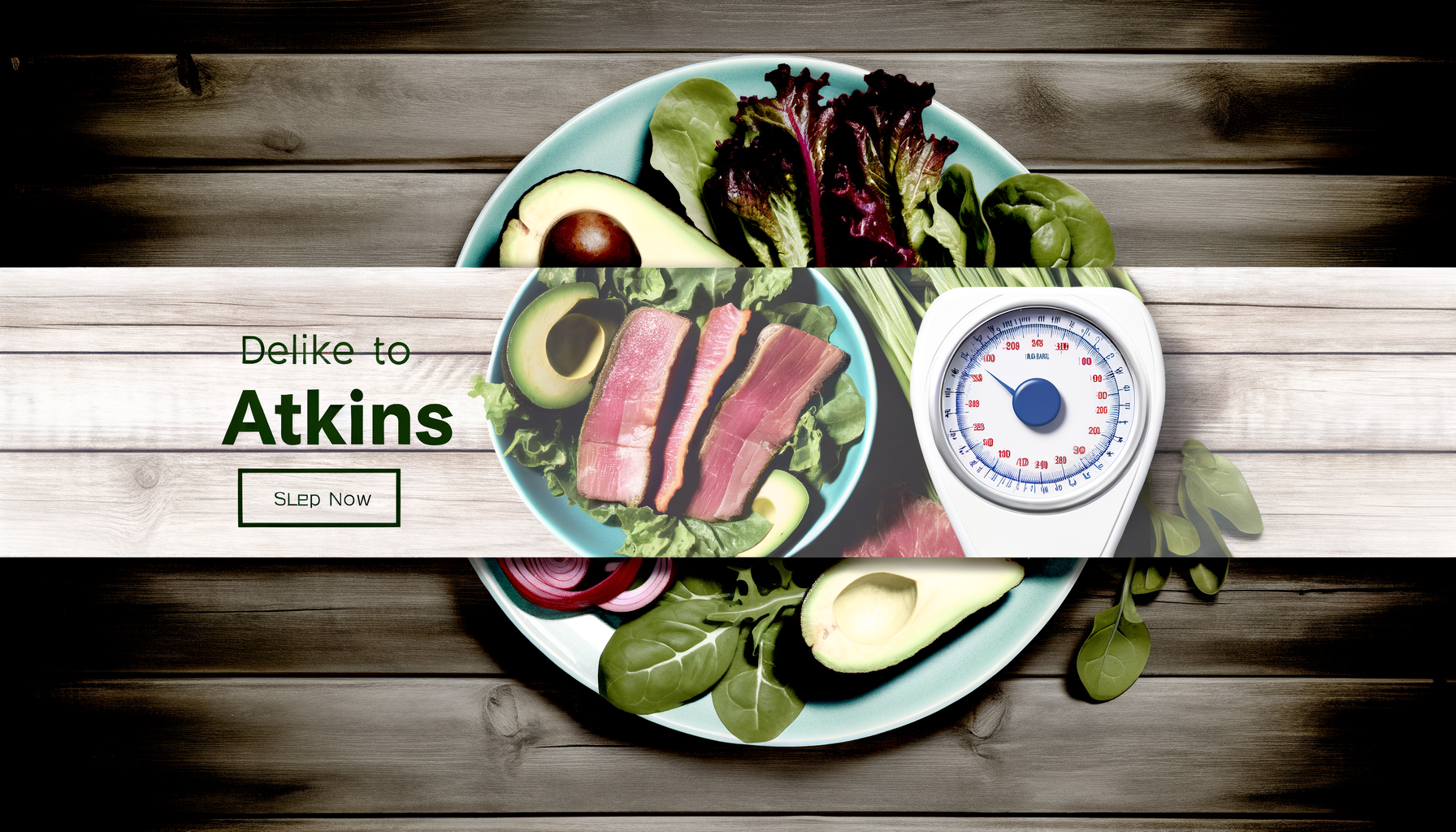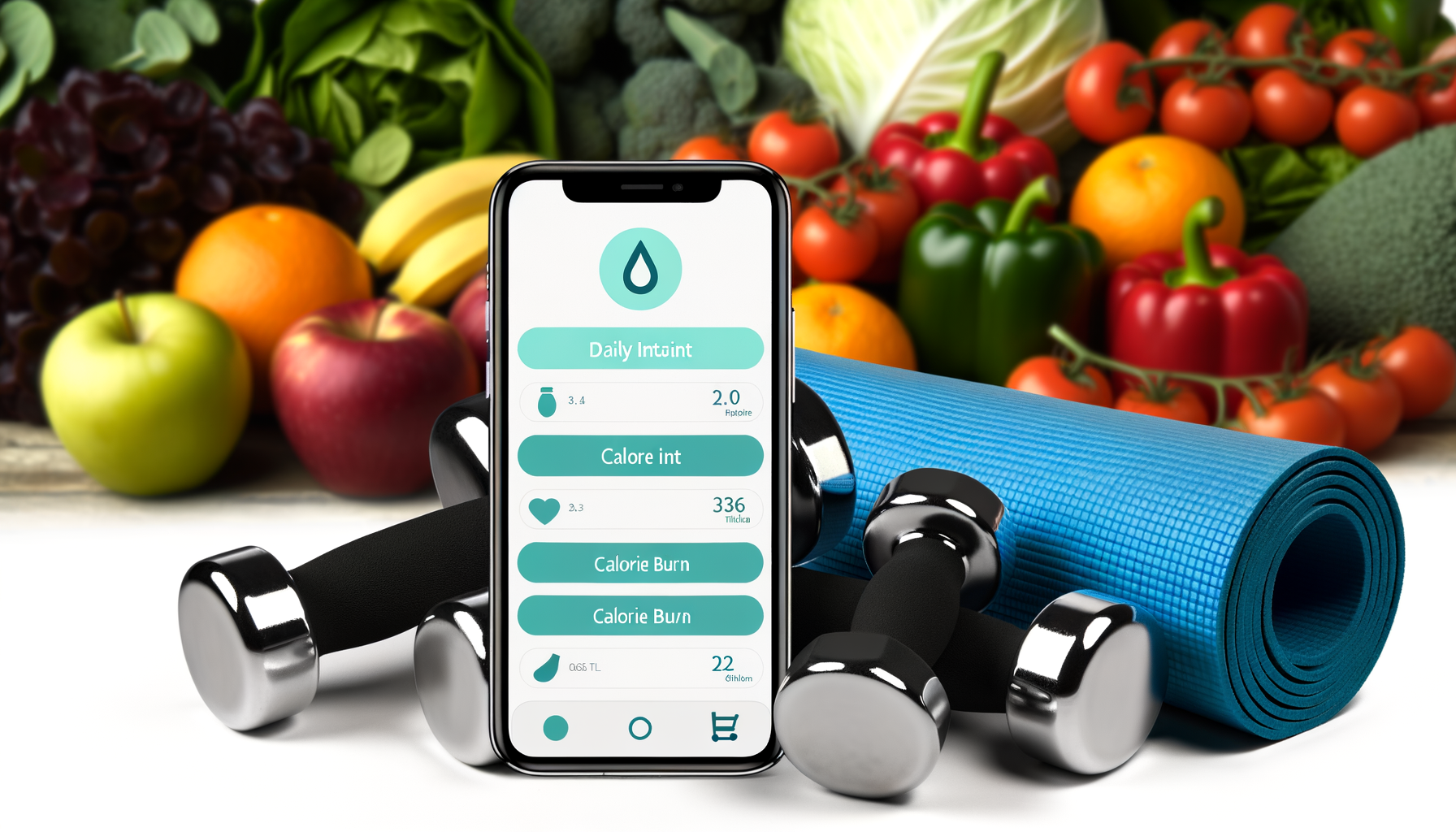The Essential Features of a High-Quality Calorie Calculator
When it comes to achieving fitness goals, whether it's weight loss, maintenance, or gain, understanding your calorie needs is crucial. A high-quality calorie calculator can be a powerful tool in this journey. These tools not only estimate your daily calorie requirements but also help you create personalized diets and monitor progress. In this article, we'll delve into the essential features of a calorie calculator, comparing different software options, and discussing best practices for user experience and data accuracy.
Understanding Calorie Calculators
A calorie calculator typically estimates the number of calories your body requires to maintain its current weight based on factors like age, weight, height, and activity level. For example, the Mayo Clinic's calorie calculator provides users with a personalized estimate to help them plan their daily intake.
To maximize the potential of a calorie calculator, it's important to input accurate data. Users should know their current weight and height, age, sex, and activity level. The activity level is especially important as it can significantly affect the calculated calorie needs. For instance, someone with a highly active lifestyle might need more calories than someone who is sedentary.
Types of Calorie Calculators
There are several types of calorie calculators available, each with its own set of features and functionalities:
- Basic Calorie Calculators: These tools provide a simple estimate of daily calorie needs without considering detailed dietary goals or nutrient balance. An example is the Calorie Calculator by Calculator.net.
- Advanced Calorie Calculators: These calculators offer more detailed insights, including macronutrient balances and weight loss/gain strategies. The NASM Bodyweight Tool is a good example, as it helps determine body fat percentage and offers recommendations based on fitness goals.
Evaluation of Software Functionality
When evaluating the functionality of a calorie calculator, several factors come into play:
Data Accuracy and Personalization
Data accuracy is crucial for any calorie calculator. A good calculator should provide personalized results based on user input. For instance, the Omnicalculator offers a detailed TDEE (Total Daily Energy Expenditure) calculation that helps users understand their precise calorie needs.
Personalization is key when it comes to creating effective diet plans. A calculator should be able to adjust calorie recommendations based on specific goals such as weight loss, maintenance, or muscle gain. For example, if you're trying to lose weight, you might aim to create a calorie deficit by reducing your daily intake by 10-20% of your maintenance calories, as suggested by PrognoHealth.
Integration Capabilities
Another important feature to look for is integration capability. A calorie calculator should ideally integrate with other health and fitness apps or platforms to track progress seamlessly. For instance, the WP Calorie Calculator can be integrated into WordPress sites, making it easy to track and analyze calorie intake directly on a personal blog or fitness website.
User Experience and Best Practices
The user experience of a calorie calculator is as important as its functionality. A good calculator should be easy to use and offer clear, actionable advice:
Intuitive Interface
An intuitive interface is essential for ensuring that users can easily input their details and understand the results. The Mayo Clinic's calculator, for example, provides a user-friendly interface that guides users through the process step by step.
Feedback and Monitoring
A calorie calculator should not just provide a one-time estimate but also offer tools for tracking progress over time. This might include features to log food intake, monitor weight changes, and adjust calorie goals based on actual progress. For more integrated solutions, using a diet tracking app alongside a calorie calculator can enhance the overall effectiveness of the weight management plan.
Software Comparison
When comparing different calorie calculator software, several factors should be considered:
Features and Functionality
Different calculators offer varying levels of functionality. For instance, some calculators might provide detailed macronutrient breakdowns, while others focus solely on calorie intake. The NASM tool offers a comprehensive approach by including body fat percentage calculations and tailored advice based on fitness goals.
User Reviews and Ratings
Looking at user reviews and ratings can provide insights into how well a calculator performs in real-world scenarios. A high-quality calculator should consistently receive positive feedback for ease of use, accuracy, and overall effectiveness.
Real-World Examples and Case Studies
Let's look at a real-world example of how a calorie calculator can be effective. Consider a person who wants to lose weight. Here’s a step-by-step plan using a calorie calculator:
- Determine Maintenance Calories: Use a calorie calculator like Mayo Clinic's to find out how many calories are needed to maintain current weight.
- Create a Calorie Deficit: Reduce the maintenance calories by 10-20% to create a deficit, which is essential for weight loss.
- Track Progress: Use a calorie tracking app alongside the calculator to monitor food intake and weight changes.
In this scenario, integrating tools like the WP Calorie Calculator into a personal fitness website can enhance tracking and analysis capabilities.
Conclusion and Next Steps
In conclusion, a high-quality calorie calculator is a vital tool for anyone looking to manage their diet effectively. By considering factors such as data accuracy, integration capabilities, and user experience, you can choose a calculator that meets your specific needs. Whether you're aiming for weight loss, maintenance, or gain, using a reliable calorie calculator can guide you toward achieving your goals.
For those interested in integrating a calorie calculator into their own website or fitness platform, options like the WP Calorie Calculator Plans offer flexible solutions to meet different needs and budgets. By leveraging these tools and following best practices for tracking and monitoring progress, you can maximize your chances of success in your fitness journey.
Visit WP Calorie Calculator to learn more about how you can incorporate a comprehensive calorie calculator into your fitness plans and tools.











